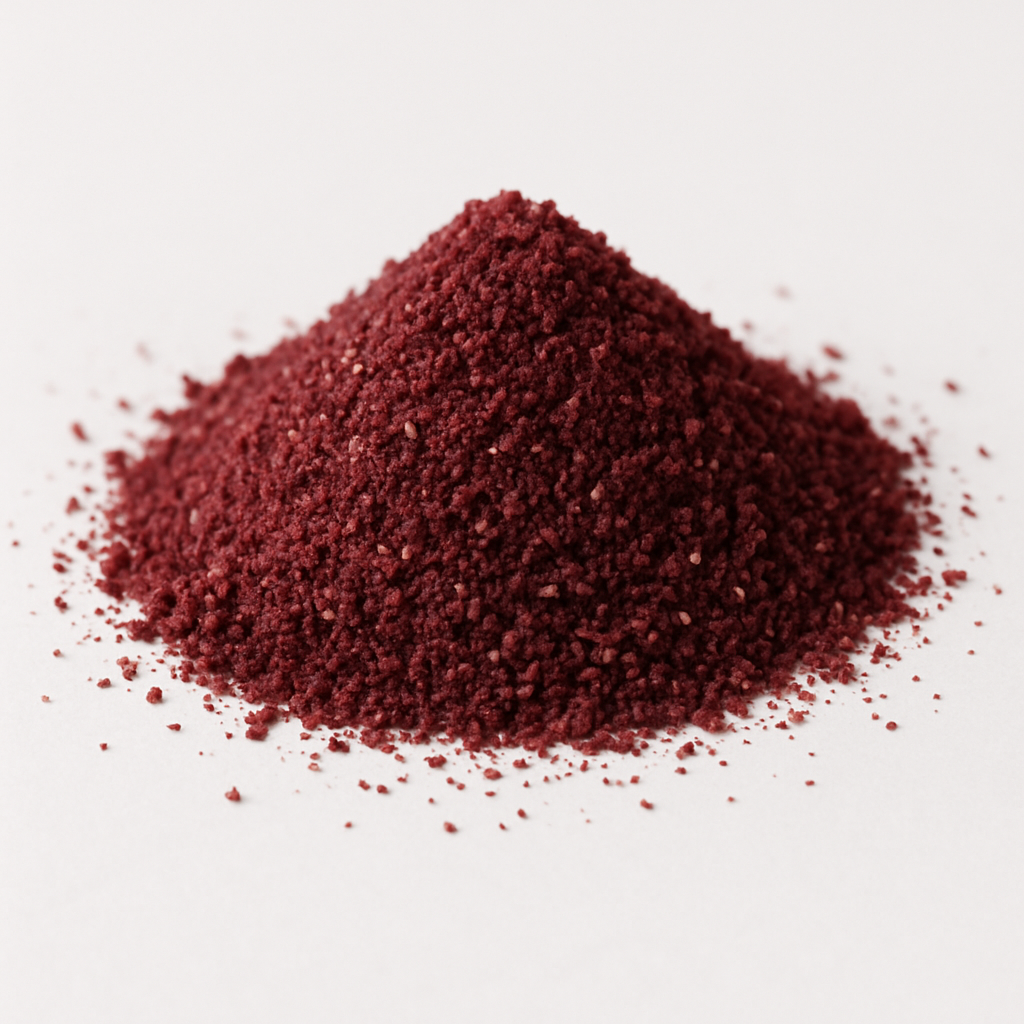Wadi
Sumac
Sumac
Couldn't load pickup availability
Primary Uses:
1. Culinary:
- Used as a spice in Middle Eastern and Mediterranean cuisine
- Can be used to add tanginess to dishes
2. Flavoring:
- Adds a tart and lemony flavor to dishes
- Can be used as a substitute for lemon juice or vinegar in recipes
3. Aroma:
- Has a slightly fruity and sour aroma
- Can be used to add depth to the aroma of dishes
Other Uses:
1. Medicinal uses: Sumac has been used in traditional medicine to treat a variety of ailments, including diarrhea, fever, and sore throat. It is believed to have anti-inflammatory and antioxidant properties.
2. Culinary garnish: Sumac is commonly used as a spice in Middle Eastern and Mediterranean cuisine. It has a tangy, lemony flavor and is often sprinkled on salads, meats, and vegetables.
3. Ornamental uses: Some species of sumac, such as the staghorn sumac, are grown for their attractive foliage and bright red berries. They are often used in landscaping and as ornamental plants.
4. Insect repellent: Sumac leaves and berries contain compounds that are believed to repel insects, including mosquitoes and ticks. Some people use sumac as a natural insect repellent.
5. Dyeing agent: Sumac has been used as a natural dye for centuries. The leaves and berries can be boiled to create a yellow or red dye that is used to color textiles and other materials.
6. Religious uses: In some cultures, sumac is considered a sacred plant and is used in religious ceremonies and rituals.
7. Folklore uses: In some cultures, sumac is believed to have mystical properties and is used in folk medicine and magic. It is said to have the power to ward off evil spirits and protect against the evil eye.
Caution:
1. Allergic reactions: Some people may be allergic to sumac, which can cause skin irritation, itching, and redness.
2. Limited availability: Sumac is not widely available in all parts of the world, which can make it difficult to find and purchase.
3. Short shelf life: Sumac has a relatively short shelf life and can quickly lose its flavor and aroma if not stored properly.
4. Expensive: Sumac can be quite expensive compared to other spices, which can make it difficult for some people to afford.
5. Strong flavor: Sumac has a strong, tart flavor that may not be appealing to everyone, especially those who prefer milder flavors.
6. Limited culinary uses: Sumac is primarily used in Middle Eastern and Mediterranean cuisine, which may limit its versatility in other types of cuisine.
7. Color transfer: Sumac has a deep red color that can transfer to other foods and surfaces, which can be difficult to remove.
Share


